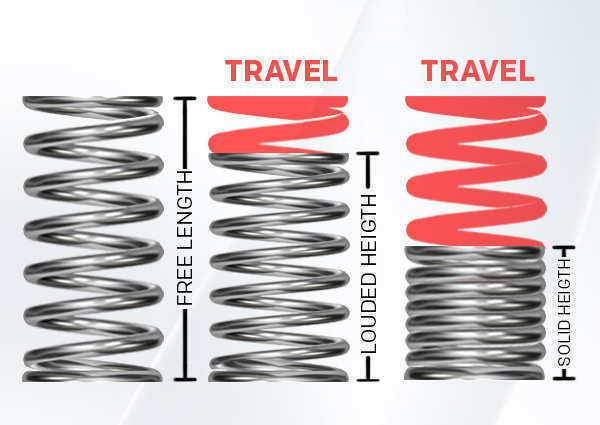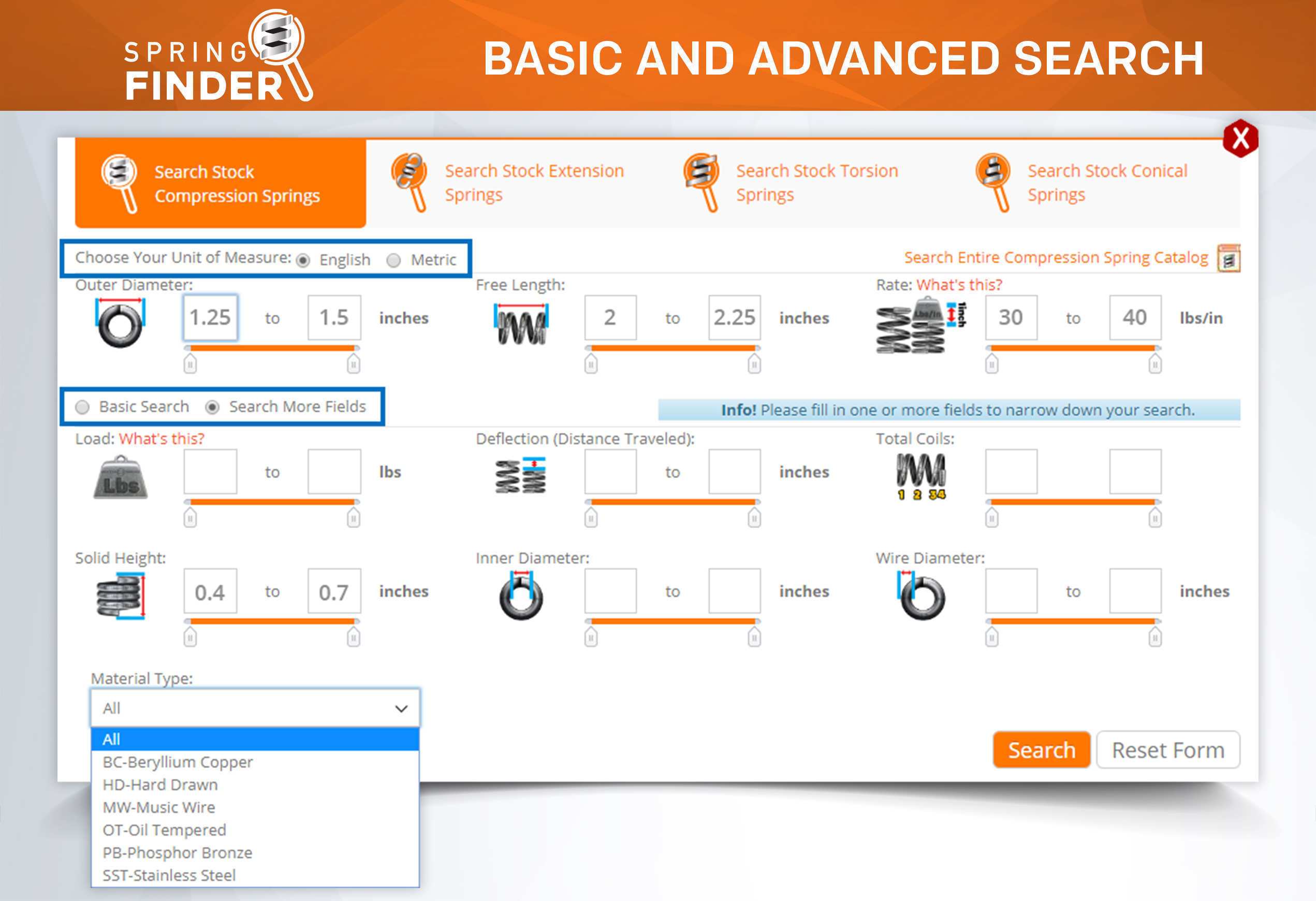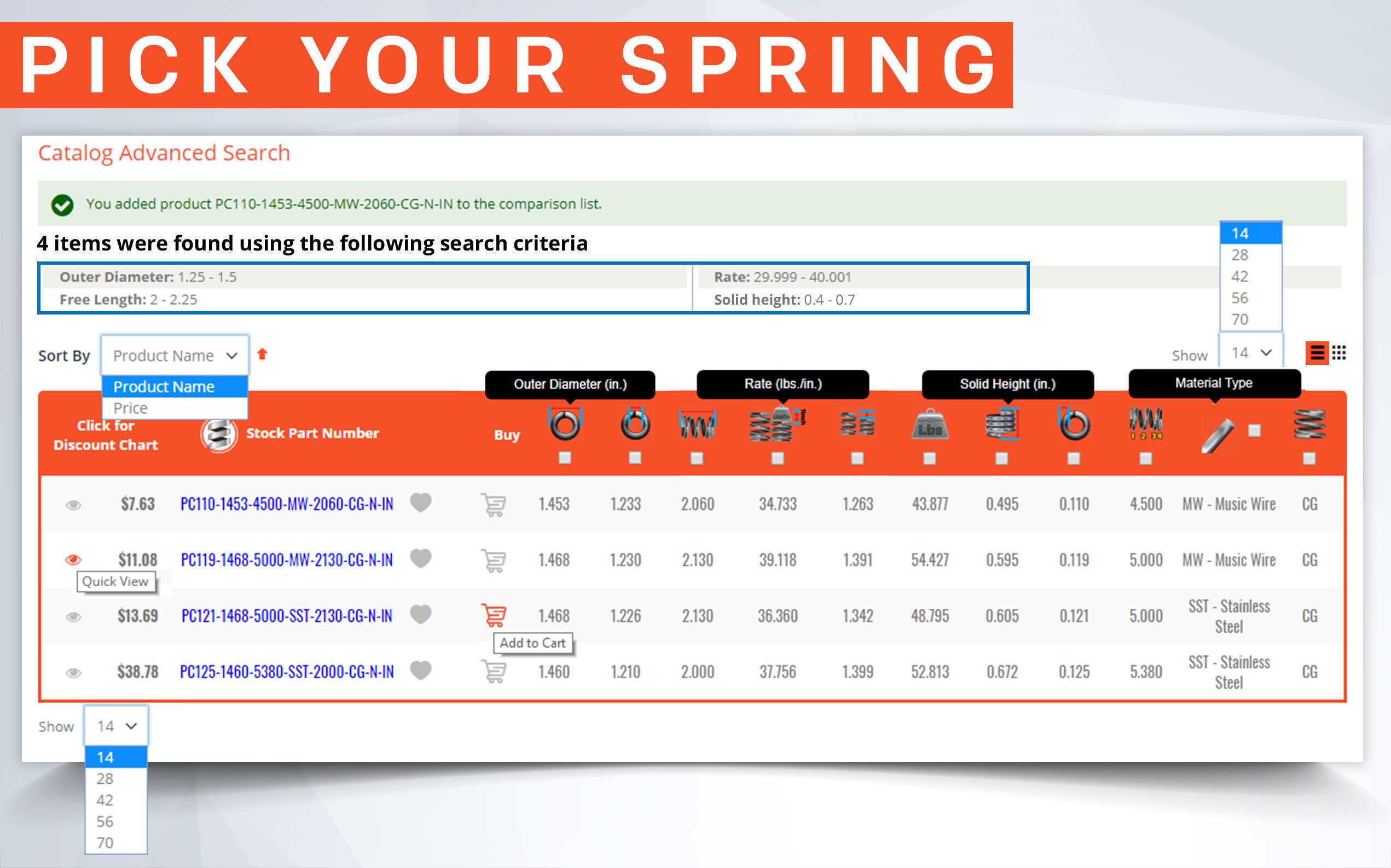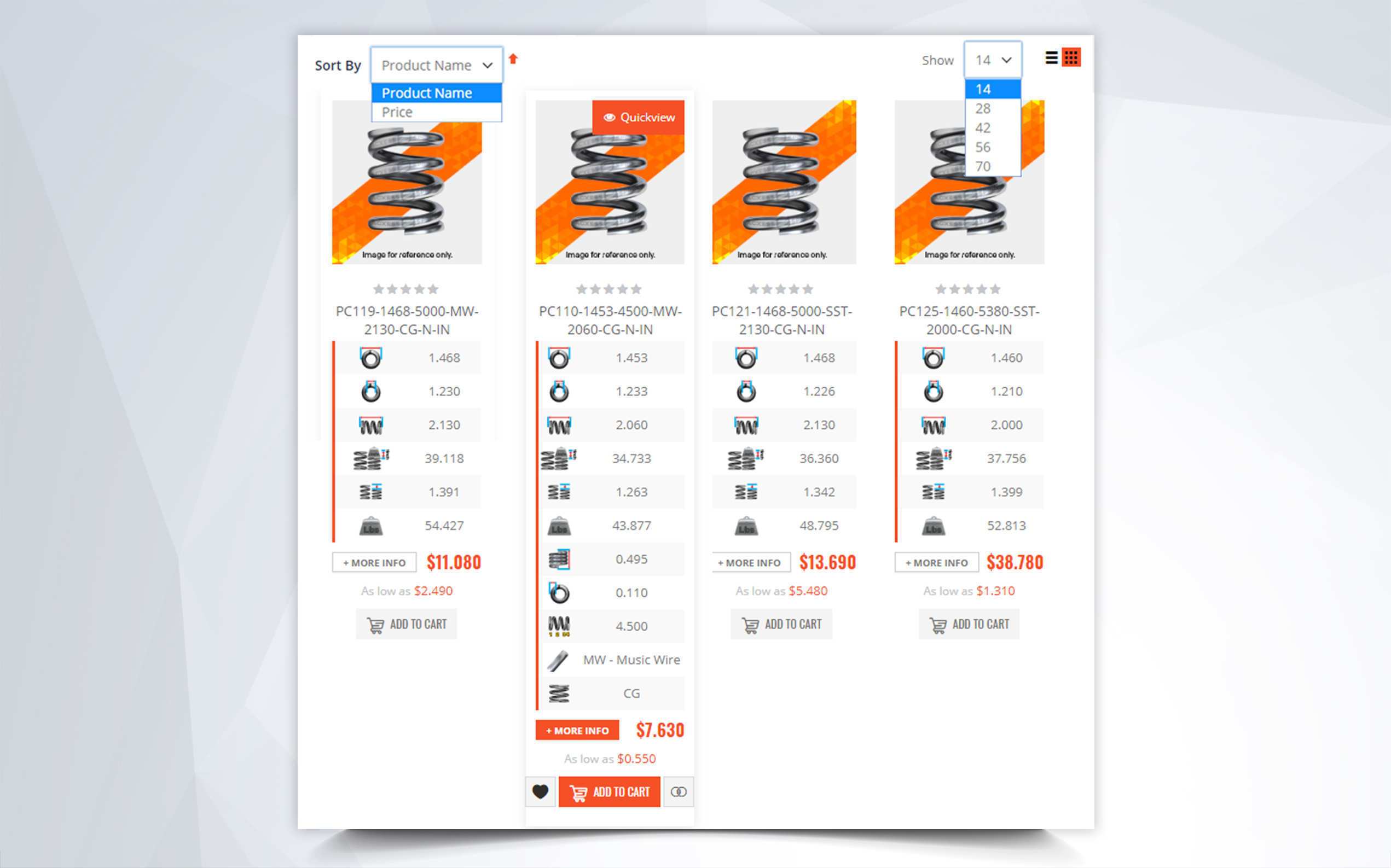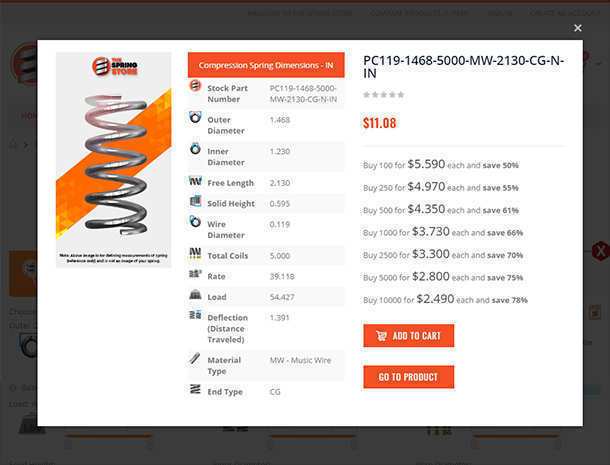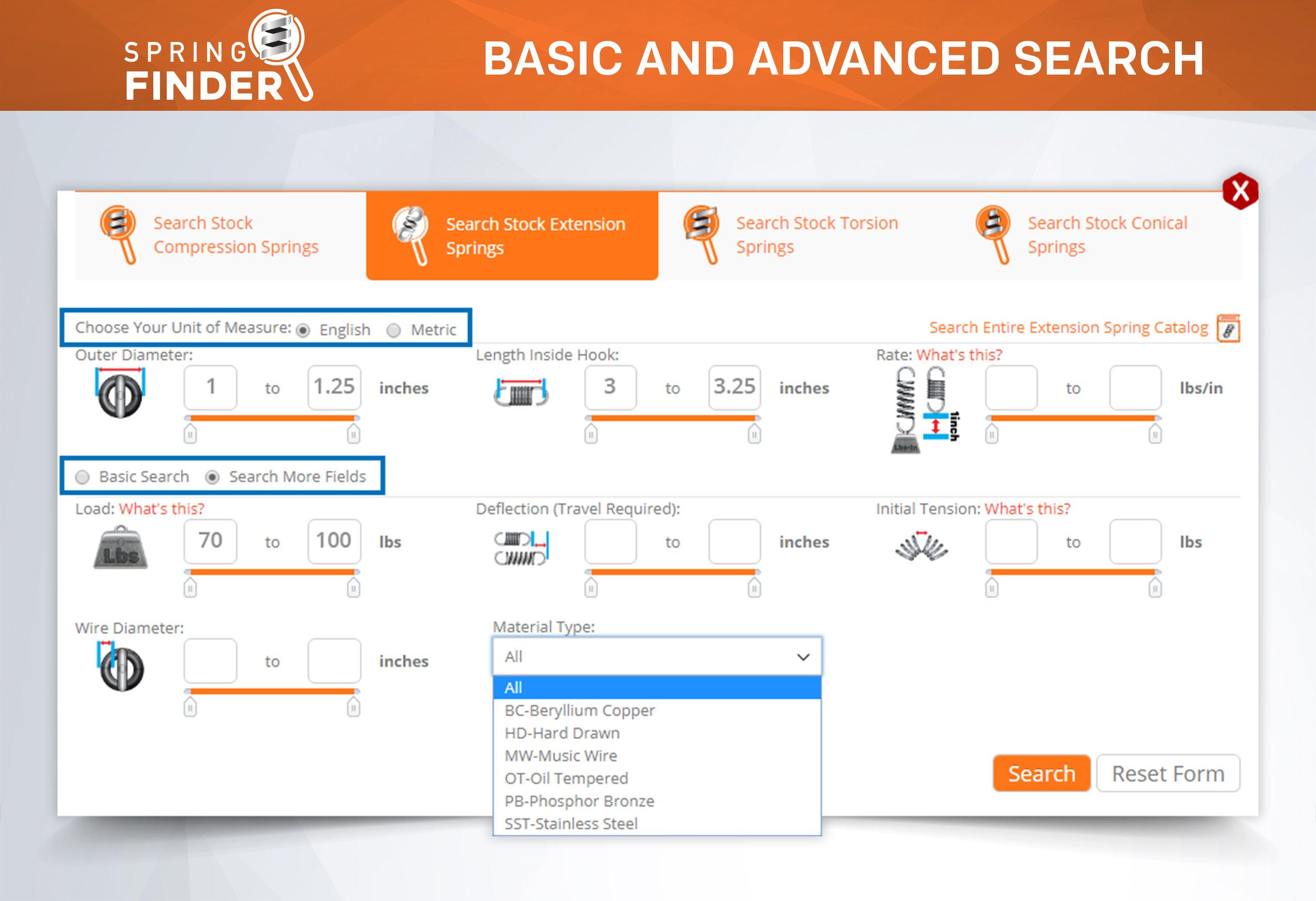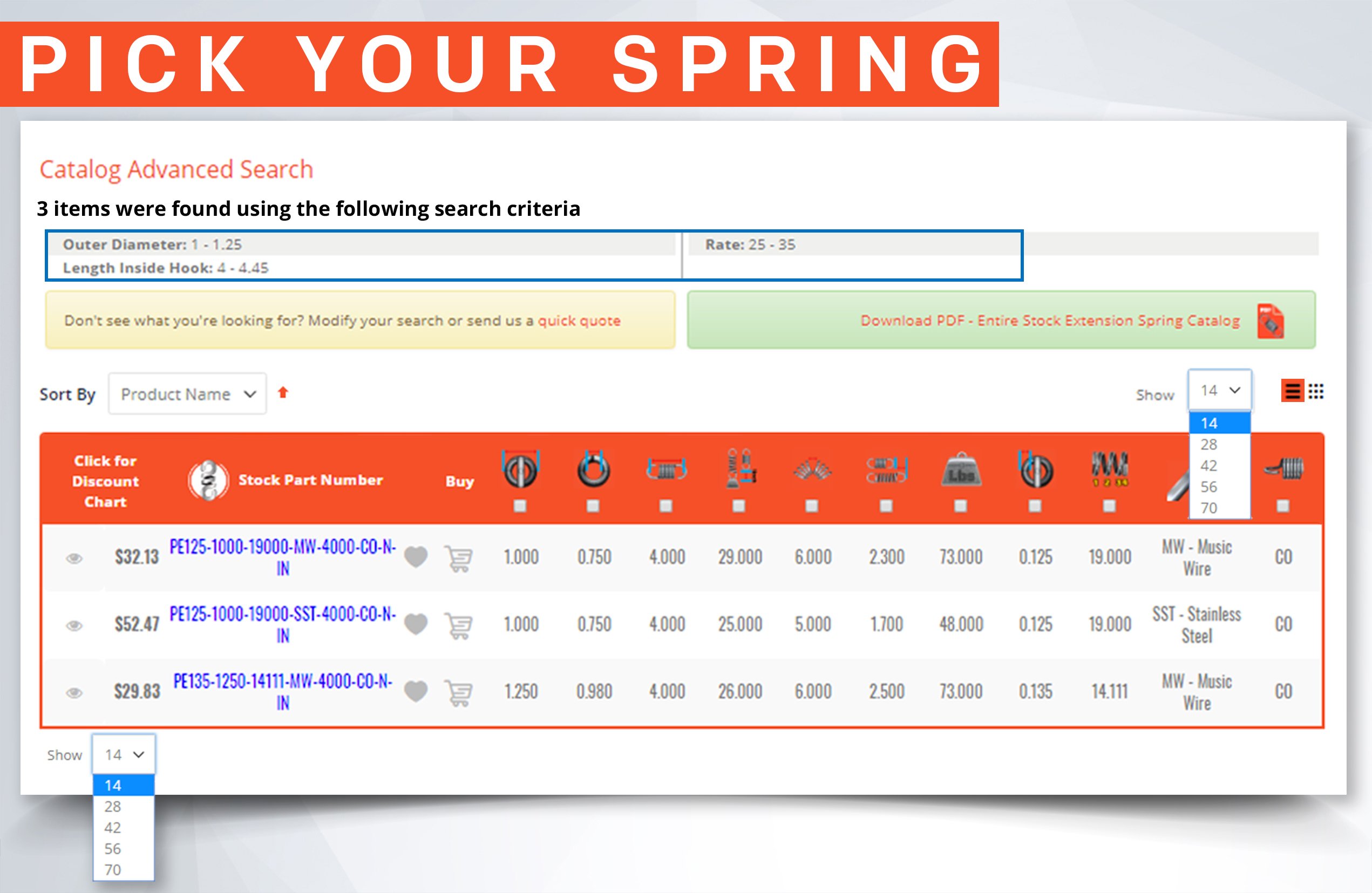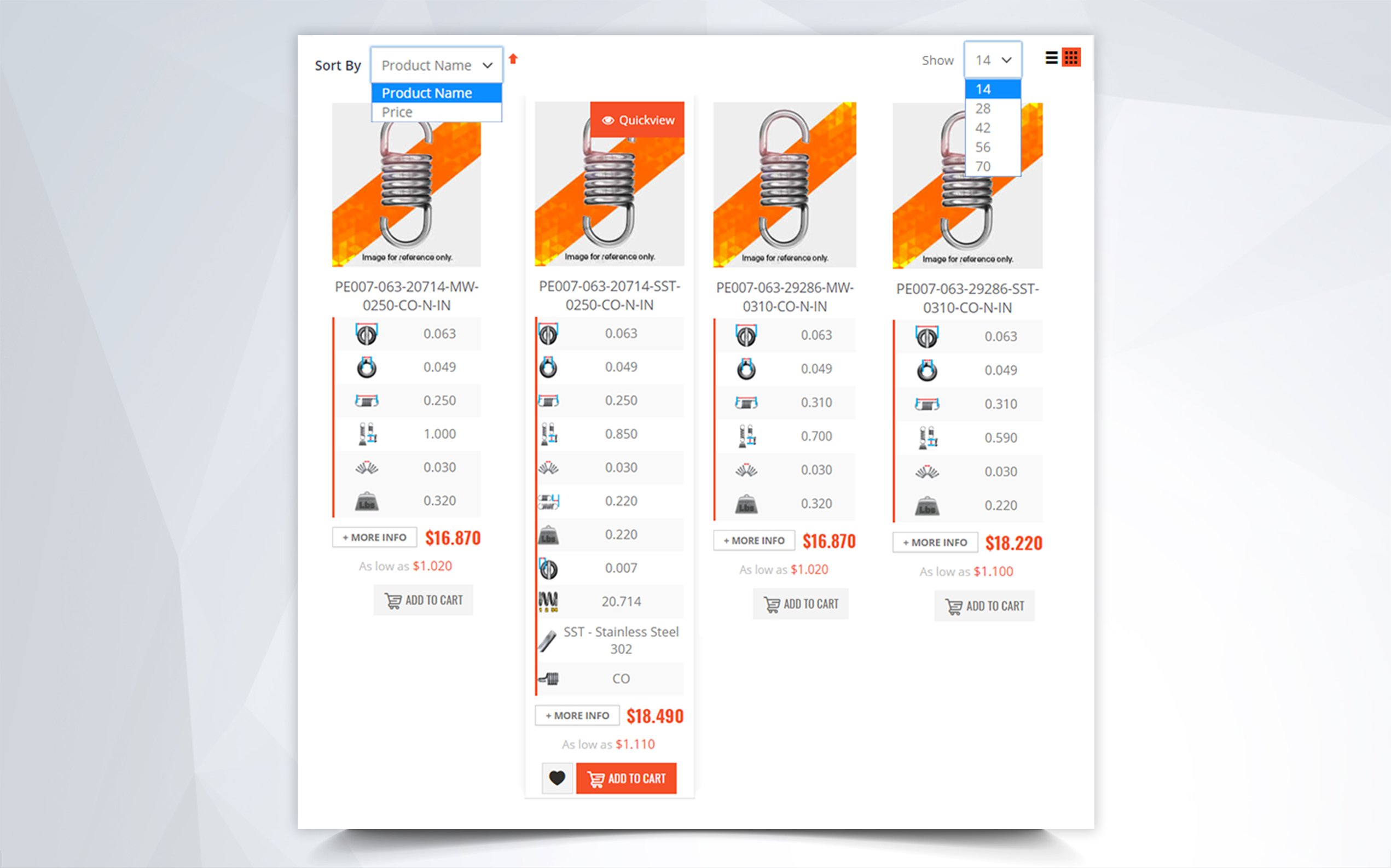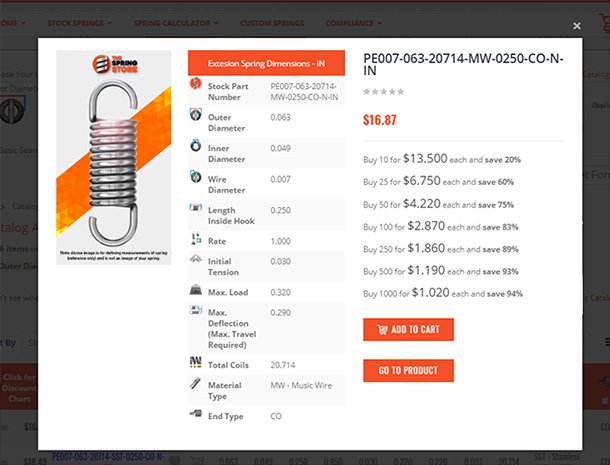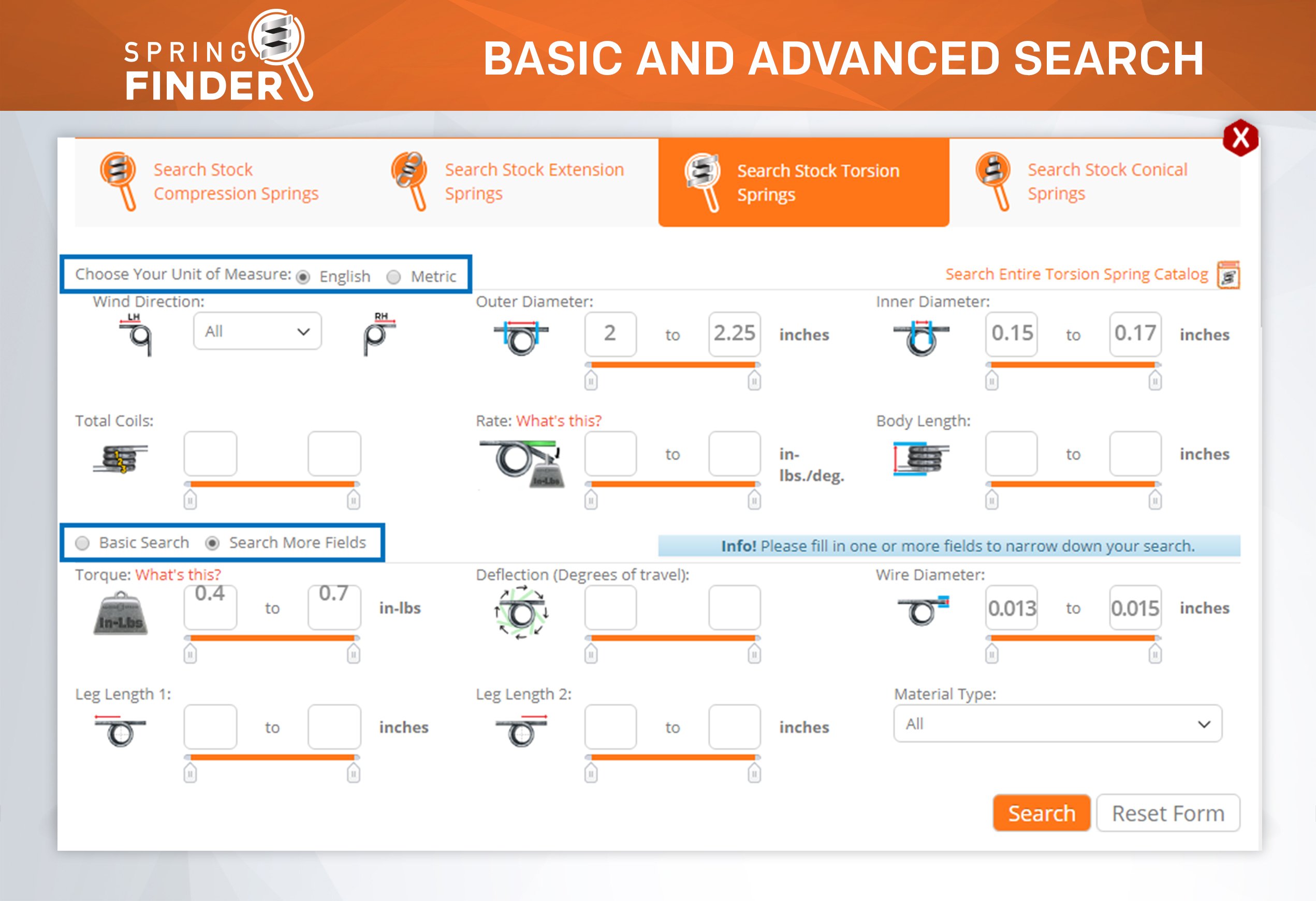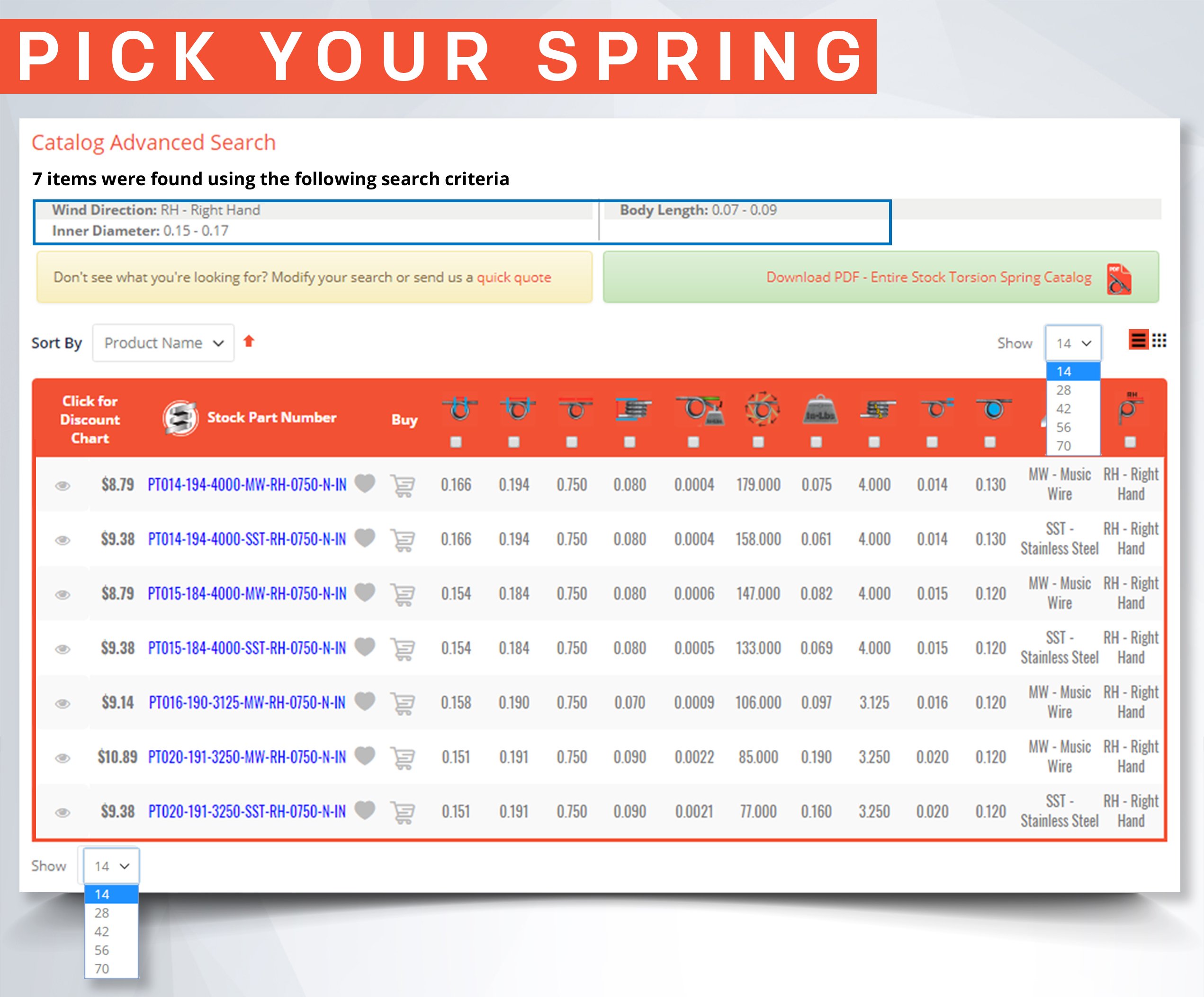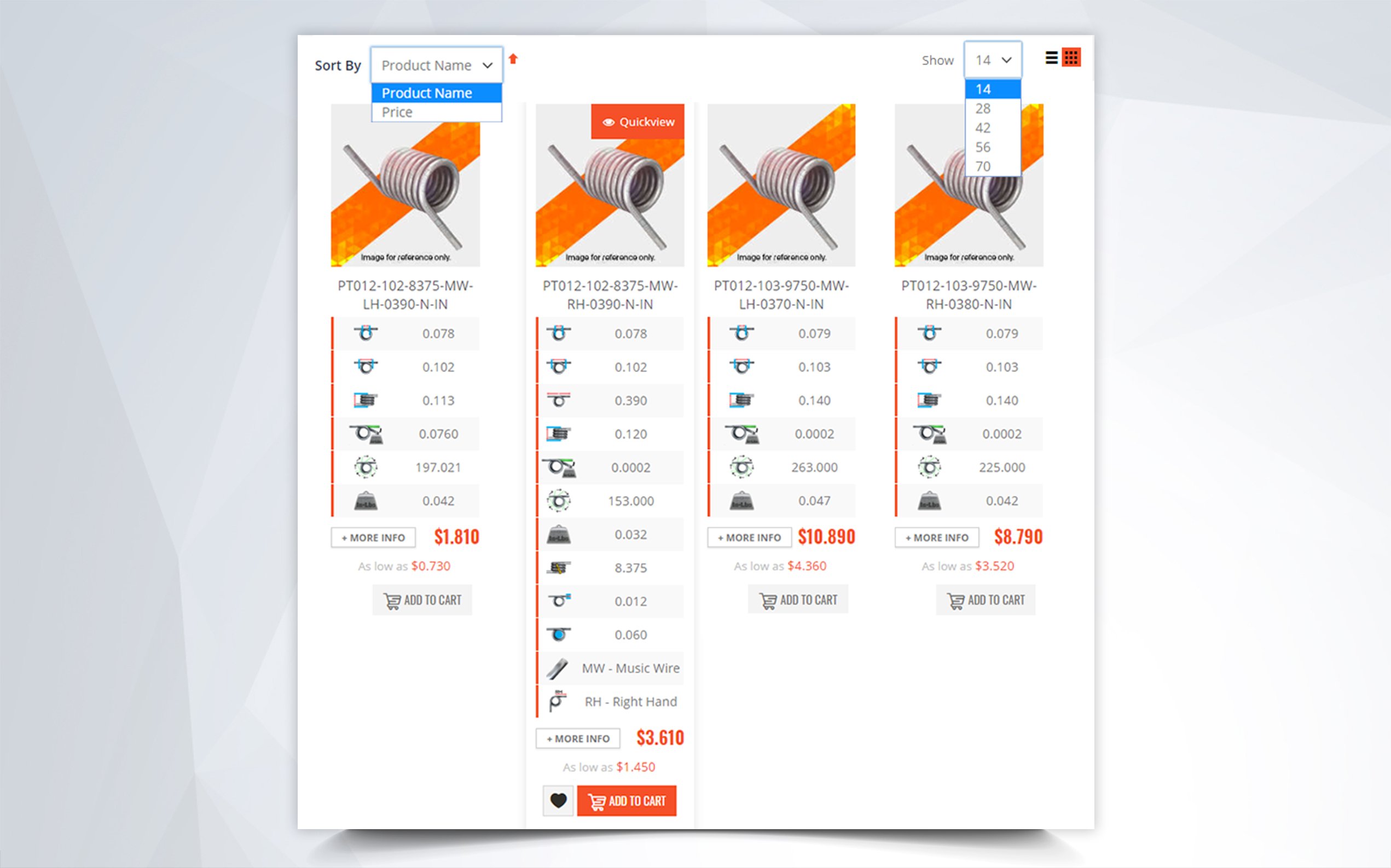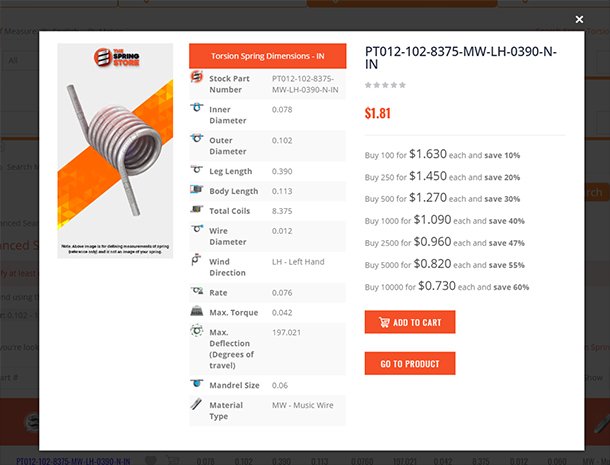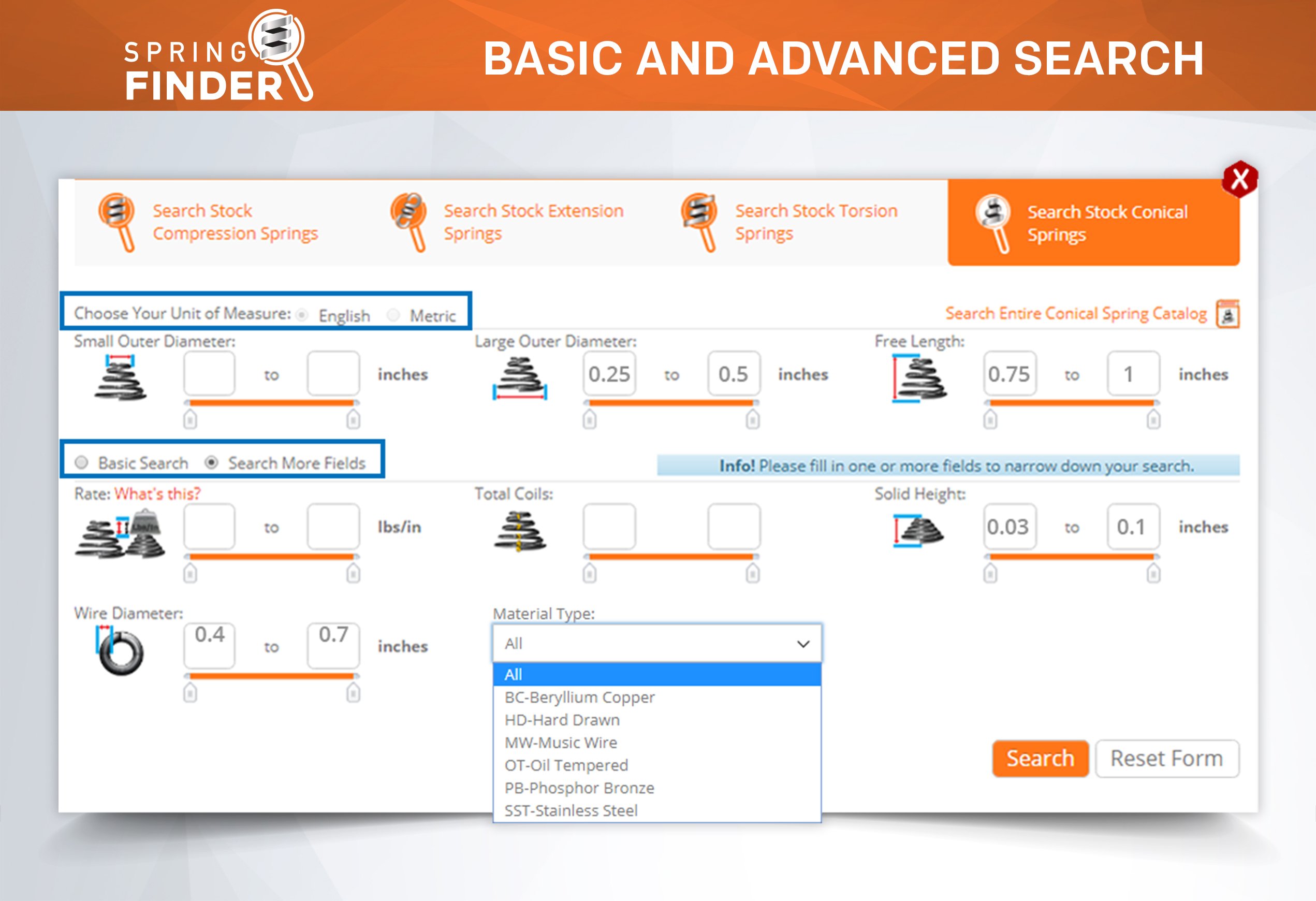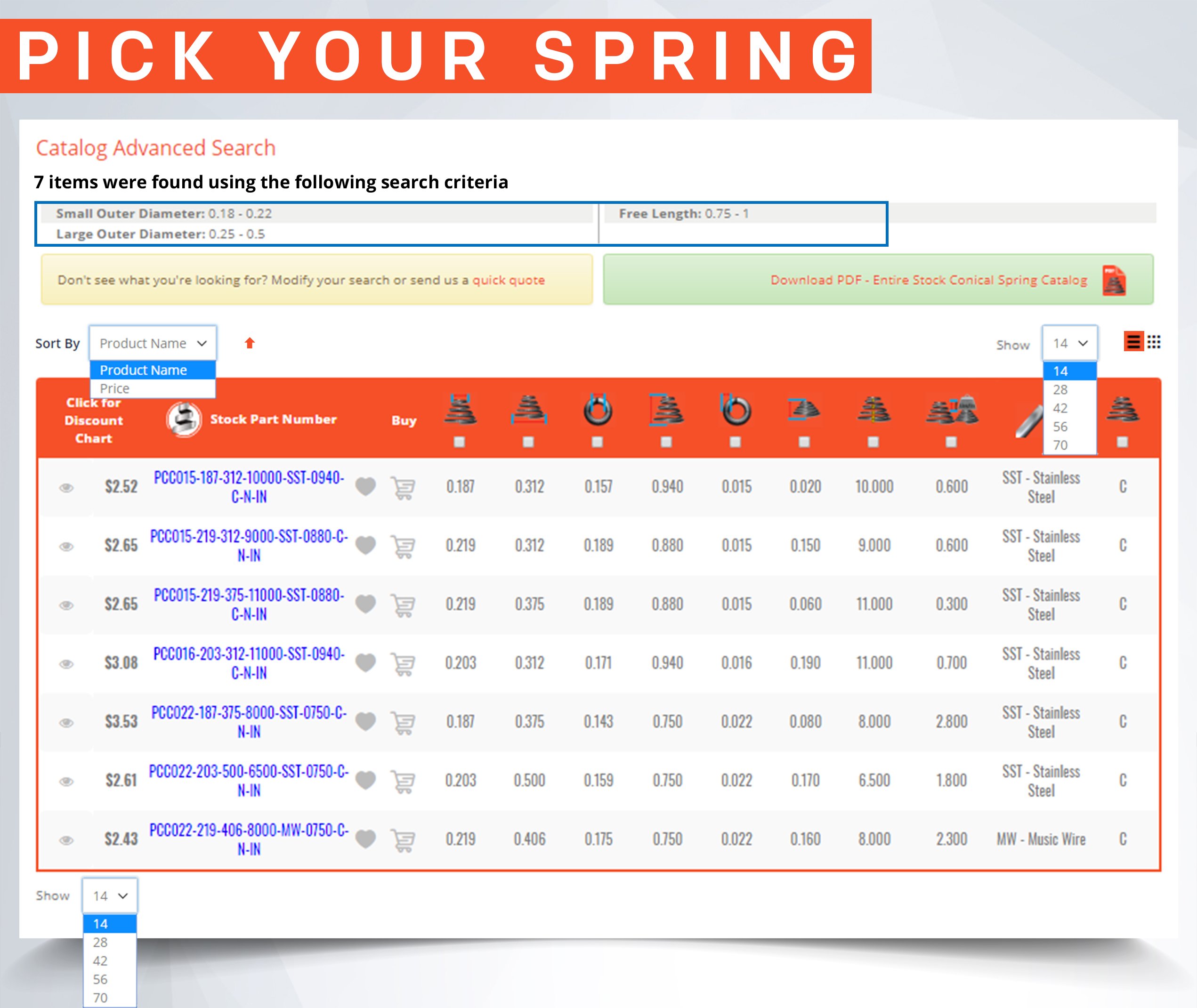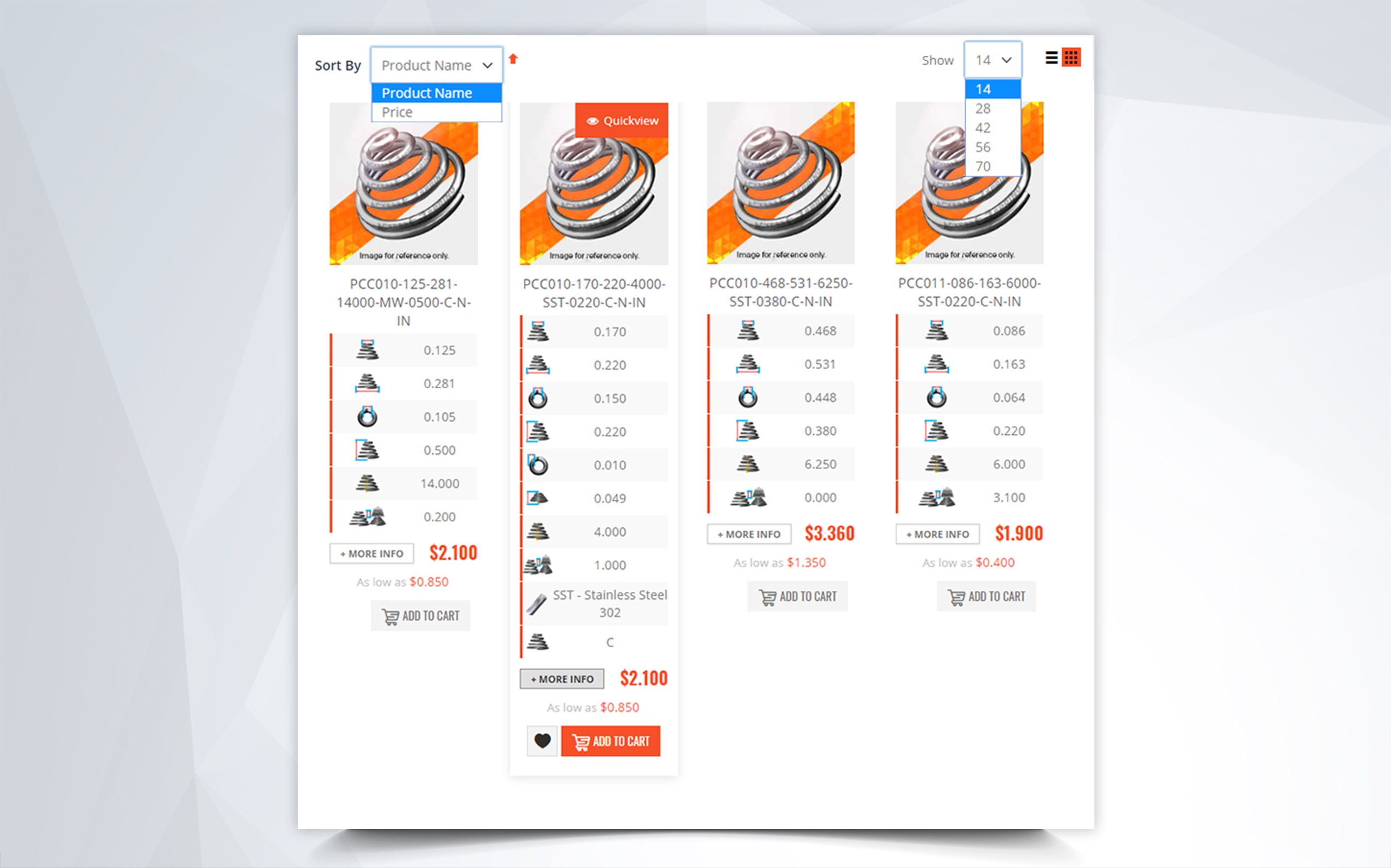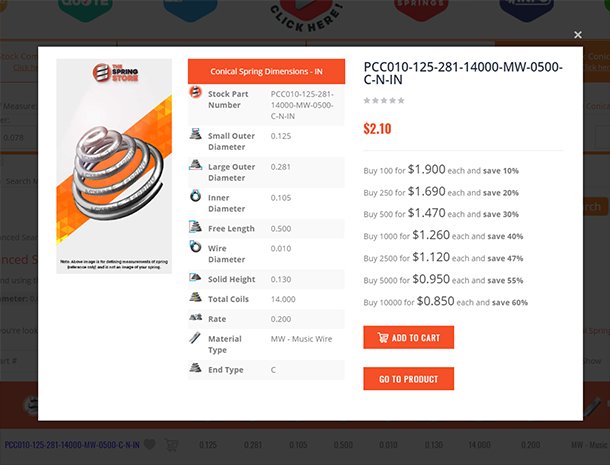Constant Spring Force
Definition: Spring force is measured by the spring rate. Spring rate is also known as spring constant and it is measured by the pounds of force it takes your spring to travel one inch of compressed distance.
What is meant by the spring constant of a spring?
The spring constant is the constant amount of force increase per the increase of distance traveled; meaning that the force is proportional to the amount of travel.
When working on a compression spring design, besides worrying about the spring dimensions being right, you must make sure that those spring dimensions give your spring the right amount of force. If your spring is too strong, it might not allow the spring to travel the required distance versus if the spring is too weak, it might travel and compress past the required distance. So once you’ve got the dimensions down, then you look at your working loads to start making adjustments to match your required spring force/constant.
Working loads are your required loads at loaded height. The loaded height is the length of the spring after a certain distance traveled. For example, if you need a spring to compress 0.25” (inches) under a load of 5 lb (pounds) and the free length of such spring is 0.9”, your loaded height is 0.65” and the spring rate is 20 pounds per inch (lb/in). Below are the formulas and calculations of this examples.
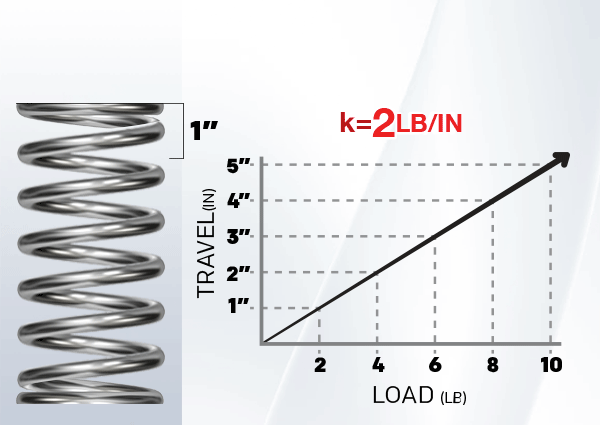
To calculate loaded height
Loaded Height = Free Length – Distance Traveled
LH = FL – x
LH = 0.9 – 0.25
LH = 0.65
To calculate required spring force/rate
Rate = Load ÷ Distance Traveled
k = L ÷ x
k = 5 ÷ 0.25
k = 20
